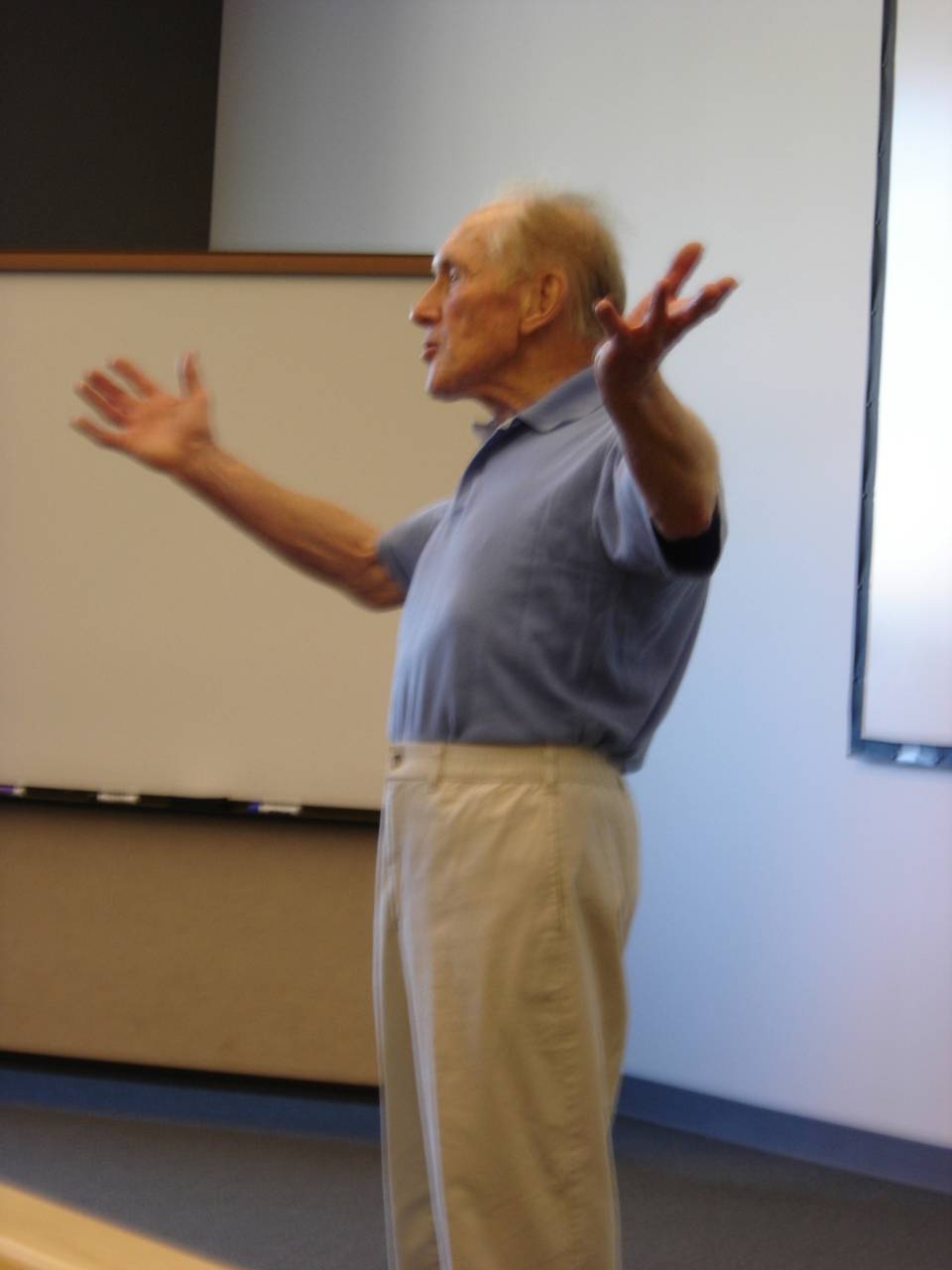Warren Lamb is one of the most creative people I have ever known. His creativity is likely to escape the casual observer, for Lamb is very much the proper Englishman and his long and successful career as a management consultant has led him to adopt a conventional façade. Moreover, he is inclined to stand modestly in the shadow of his mentor, Rudolf Laban, who is widely recognized as a creative genius.
However, without Lamb’s contribution to the study of human movement, Laban’s own reputation would be diminished. The ground-breaking work done by Laban and F.C. Lawrence in British factories in the 1940s would be nothing but a curious footnote in the history of industrial psychology.

Fortunately, Lamb respected Laban’s ideas and took them seriously. But he did not just slavishly accept Laban’s notions as givens – he tested them empirically by carefully observing movement behavior and modifying observation and analysis procedures as needed. Challenged to think outside the box by the collaborative research he did with child psychiatrist Judith Kestenberg and physical therapist Irmgard Bartenieff, Lamb imaginatively explored links between movement and personality, expanding and confirming connections intuitively outlined by Laban. Moreover, each creative link had to hold up in the practical context of helping his business clients understand themselves and their fellow workers better.
As Lamb notes, “We all observe movement and form impressions of people from what we see…. But to progress beyond simple impressions there had first to be both a notation system and a language in which it could be discussed. Laban started this by describing movement in terms of its various component parts… After his death it was for me to complete the process by building on the concepts he had given us and organizing his theories into a purposeful framework.”
